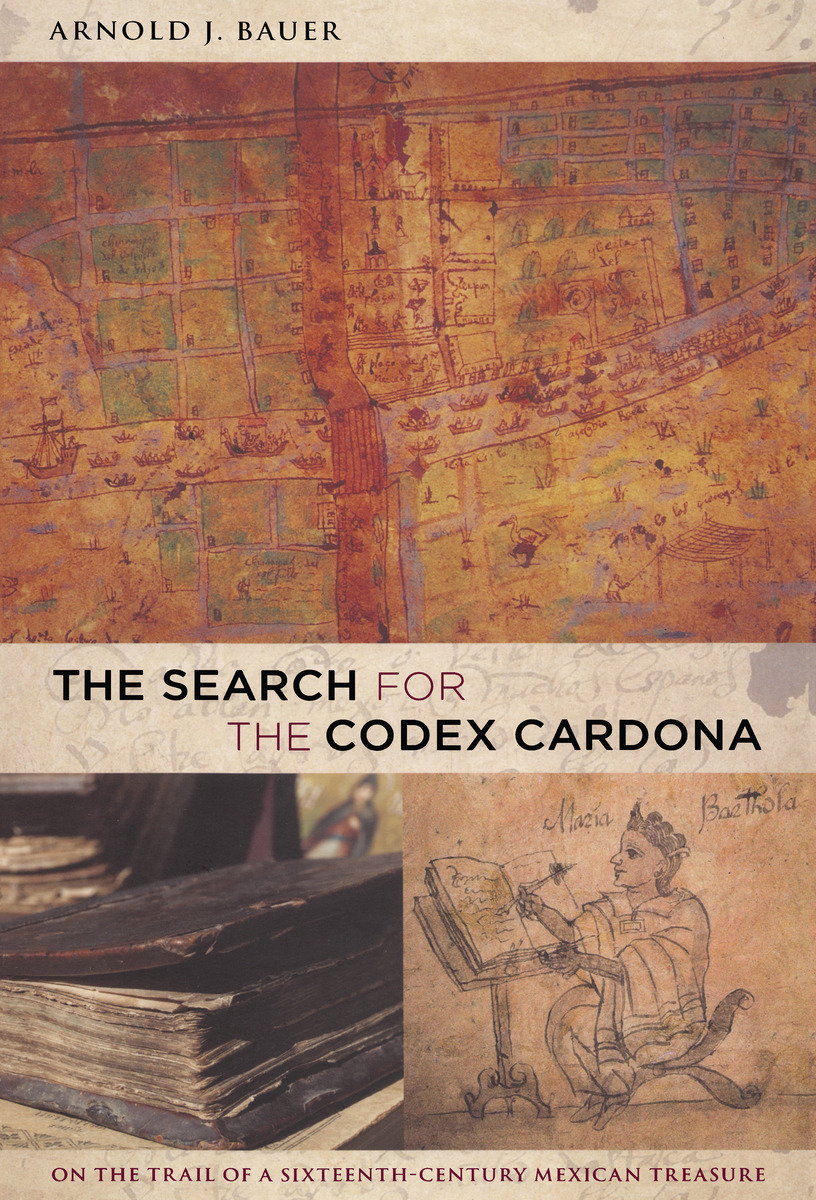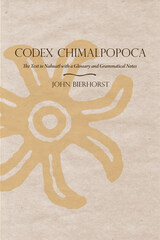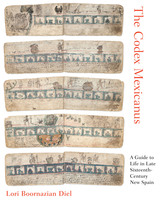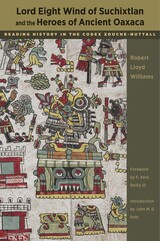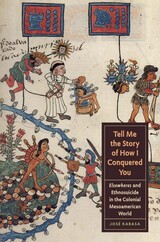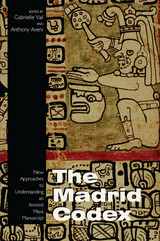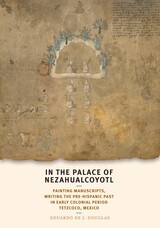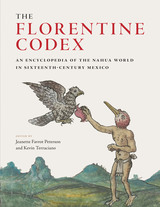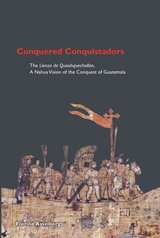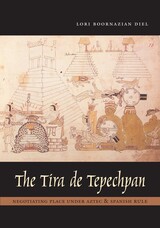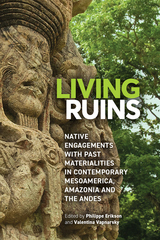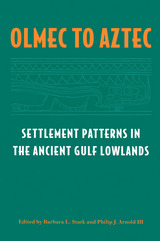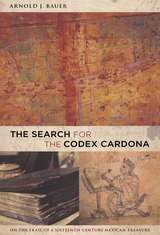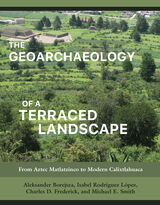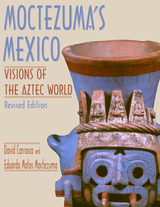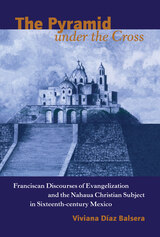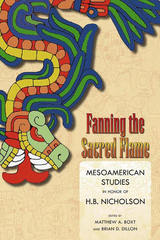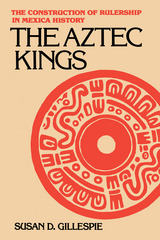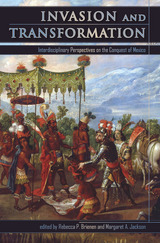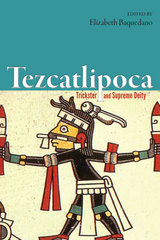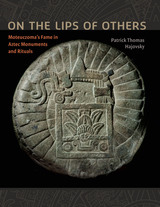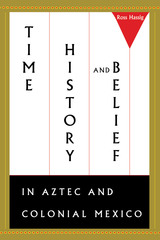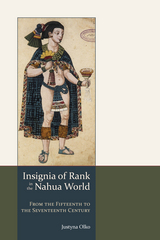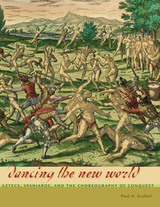“The Search for the Codex Cardona is an amusing, informative, and novelistic scholarly book. It develops its topic rapidly with concise and short
sentences, which makes it easy to read. This book could serve undergraduate
students and lay readers as an introduction to Mexican painted books
and graduate students and scholars as an introduction to the virtually
unknown and now lost Codex Cardona, a possibly invaluable source of information about the Aztecs. In this sense, The Search for the Codex Cardona makes a unique contribution in that it focuses not on an available scholarly resource but on one that has never been available and that may no longer exist.” - Jongsoo Lee, The Latin Americanist
“This book is a gripping tale of intrigue, contraband, covert operations, and a bit of conjecture. . . . In many ways it is a tale that many Latin American historians might dream of writing, about a chance encounter with a manuscript, a colorful character, or a hidden archive, but few of us ever do it. Bauer has.” - John F. Schwaller, The Americas
“One can sense the author’s fun in writing this work and his enjoyment in speculating on the countless explanations concerning ownership of the manuscript, its survival over the centuries, and its contemporary location. Veterans of archival work will particularly appreciate his attempts to discover more (or any) information about the numerous historical surprises within the Cardona. For other readers, however, the great merit of this book will be its struggle with the moral and ethical issues facing museums, libraries, and universities trying to build research collections and preserve records of the past. . . . For scholars of colonial Latin American history, what a story to enjoy ourselves and to present to our students to contemplate!” - James A. Lewis, Hispanic American Historical Review
“[T]he Search for the Codex Cardona is a superbly written thriller, of which any novelist would be proud. Once you begin it you will not wish to be disturbed!”
- David J. Robinson, Journal of Latin American Geography
“In 1985, in a private room in the Crocker Laboratory at the University of California at Davis, Bauer glimpsed a priceless antiquity: the Codex Cardona, a book painted by an Aztec scribe only a few years after Cortés’s arrival. . . . Bauer . . . passes through shady middlemen and well-connected connoisseurs (“Here in Mexico we can falsify anything,” one assures Bauer) in his quest to locate and authenticate the book. The Codex disappears; but during his hunt Bauer manages to convey Mexico’s odd and powerful charisma.” - Benjamin Moser, Harper’s
“[P]art mystery story, part fantasy and part history. . . . The book reads like a novel rather than a historical tract.” - Alan R. Sandstrom, Times Higher Education Supplement
“As in the best suspense novels, Bauer begins in the middle of the action. . . . His intriguingly conspiratorial tone enables the reader to be privy to his search for the answers to the scholarly riddles. . . . For readers who wish to learn about early contact-era Mexican painted manuscripts and how scholarly inquiry is conducted, this work has much to offer. It should also find a readership with those who like mystery mixed with their history and with readers who enjoy narratives on the search for lost rarities. . . .” - Library Journal
“The Search for the Codex Cardona is a terrific read. I could hardly put it down. If the Codex is real, and I came to believe that it probably is authentic, then it is the most important document of the early colonial world to have come to light since the Florentine Codex surfaced in Italy in the late nineteenth century.”—Mary Miller, Dean of Yale College and author of The Art of Mesoamerica: From Olmec to Aztec
“[T]he Search for the Codex Cardona is a superbly written thriller, of which any novelist would be proud. Once you begin it you will not wish to be disturbed!”
-- David J. Robinson Journal of Latin American Geography
“The Search for the Codex Cardona is an amusing, informative, and novelistic scholarly book. It develops its topic rapidly with concise and short sentences, which makes it easy to read. This book could serve undergraduate students and lay readers as an introduction to Mexican painted books and graduate students and scholars as an introduction to the virtually unknown and now lost Codex Cardona, a possibly invaluable source of information about the Aztecs. In this sense, The Search for the Codex Cardona makes a unique contribution in that it focuses not on an available scholarly resource but on one that has never been available and that may no longer exist.”
-- Jongsoo Lee The Latin Americanist
“[P]art mystery story, part fantasy and part history. . . . The book reads like a novel rather than a historical tract.”
-- Alan R. Sandstrom Times Higher Education
“As in the best suspense novels, Bauer begins in the middle of the action. . . . His intriguingly conspiratorial tone enables the reader to be privy to his search for the answers to the scholarly riddles. . . . For readers who wish to learn about early contact-era Mexican painted manuscripts and how scholarly inquiry is conducted, this work has much to offer. It should also find a readership with those who like mystery mixed with their history and with readers who enjoy narratives on the search for lost rarities. . . .”
-- Library Journal
“In 1985, in a private room in the Crocker Laboratory at the University of California at Davis, Bauer glimpsed a priceless antiquity: the Codex Cardona, a book painted by an Aztec scribe only a few years after Cortés’s arrival. . . . Bauer . . . passes through shady middlemen and well-connected connoisseurs ('Here in Mexico we can falsify anything,' one assures Bauer) in his quest to locate and authenticate the book. The Codex disappears; but during his hunt Bauer manages to convey Mexico’s odd and powerful charisma.”
-- Benjamin Moser Harper's Magazine
“One can sense the author’s fun in writing this work and his enjoyment in speculating on the countless explanations concerning ownership of the manuscript, its survival over the centuries, and its contemporary location. Veterans of archival work will particularly appreciate his attempts to discover more (or any) information about the numerous historical surprises within the Cardona. For other readers, however, the great merit of this book will be its struggle with the moral and ethical issues facing museums, libraries, and universities trying to build research collections and preserve records of the past. . . . For scholars of colonial Latin American history, what a story to enjoy ourselves and to present to our students to contemplate!”
-- James A. Lewis Hispanic American Historical Review
“This book is a gripping tale of intrigue, contraband, covert operations, and a bit of conjecture. . . . In many ways it is a tale that many Latin American historians might dream of writing, about a chance encounter with a manuscript, a colorful character, or a hidden archive, but few of us ever do it. Bauer has.”
-- John F. Schwaller The Americas
